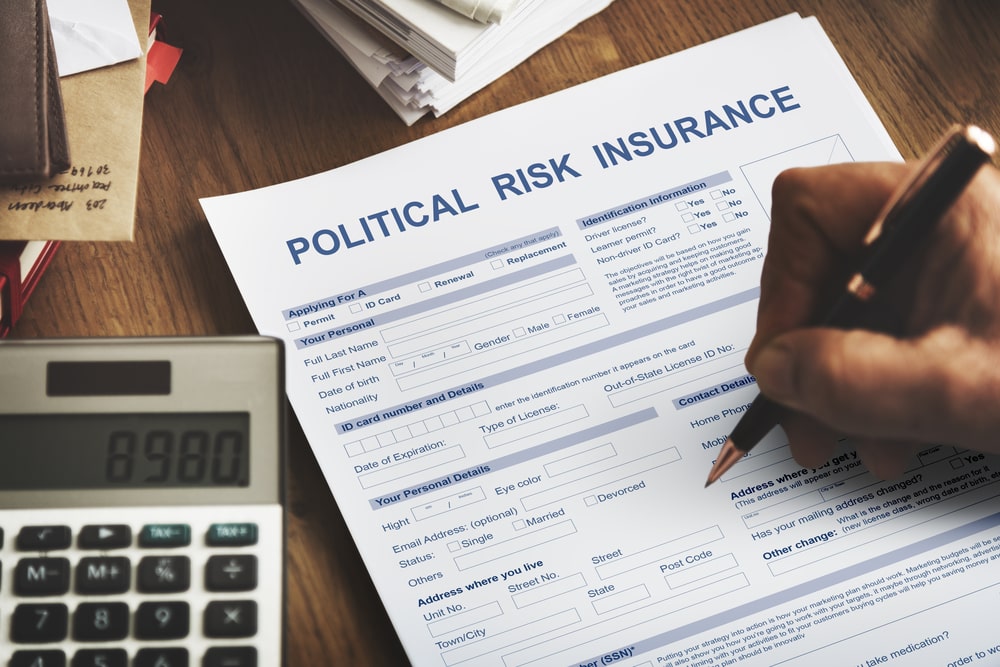What Happens When The Person Who Caused The Accident Doesn’t Have Insurance?
Every day, lots of unsuspecting drivers get involve in vehicle accidents. One minute you’re driving along the road, minding your own business, then suddenly, another vehicle collides with you out of nowhere.
Maybe they weren’t watching the road as they were chatting on the phone, arguing, or talking with their children, or they weren’t obeying the road regulations. Whatever the case may be, it is their fault.

Uninsured motorists account for 12.6% of all drivers in the United States. That implies one out of every eight drivers on the road with you is uninsured. A more significant number of people are underinsured.
Even though virtually all states require motorists to have liability insurance, some drivers disobey the rules, others have extremely limited insurance, and some travel from countries where insurance regulations vary.
You would assume the other motorists have vehicle insurance if you’re in an accident, but this isn’t always the case. When the at-fault person does not have automobile insurance, you can claim compensation with your insurance carrier or sue the irresponsible party.
Insurance Information Institute (III) data shows that 78% of insured drivers purchase comprehensive coverage and liability insurance, and 74% purchase collision coverage. You can’t always depend on other motorists to be covered, so it’s crucial to understand your alternatives if you’re in an accident with someone who isn’t.
So if you ever find yourself in a situation like the one described above, below are some things you can do.
Using Uninsured Motorist Coverage
If you’re in an accident with a motorist with no automobile insurance, you’ll have to rely on your own insurance company to pay your damages. Uninsured motorist coverage (UIM) is your best chance, and it’s generally an add-on.
With UIM, you don’t have to keep asking yourself, “What will I do if the person who hit me doesn’t have insurance?” in the event of an accident.

UIM coverage is only mandated in a few jurisdictions, although most states authorize insurance firms to provide it to their consumers. Uninsured motorist coverage is usually limited to the same amount as your liability coverage.
So, if your total liability coverage per accident is $75,000, you can’t usually have more than $75,000 in uninsured motorist coverage.
Even though auto insurance requires in most jurisdictions. many drivers drive without it, and an effective way to protect yourself is to ensure you have sufficient UIM coverage.
However, keep in mind that UIM coverage typically only applies to injuries sustained in an automobile accident. To cover car repair/replacement following a collision with an uninsured driver, you’ll generally need to obtain an additional add-on policy dubbed “Uninsured Motorist Property Damage Coverage” or something comparable.
Using Your Medical Payments, Personal Injury Protection, or No-Fault Insurance
If you stay in a state where no-fault car insurance is mandatory, your insurance will cover your medical expenses and certain other covered damages in a vehicle accident. So the fact that the other driver was not insured may not be as significant.
In no-fault states, your ability to sue is limited—you usually can’t sue the other motorist unless you were seriously injured and had medical expenditures above a specific amount. When the other motorist does not have insurance, pursuing a lawsuit might be a dead end.

In places where no-fault insurance is mandatory, drivers can typically acquire personal injury protection (PIP) or Medical Payments (MedPay) coverage to pay for medical expenditures incurred due to a vehicle accident caused by an uninsured motorist. You might not have to wait until the completion of your treatment to file a claim with PIP or MedPay. You can submit your charges as they arrive.
Is Standard Collision Coverage Enough to Cover the Accident?
Collision coverage may add to your policy. While it is more expensive, it will assist you in paying for damages to your car following an accident. You are entitled to compensation regardless of whether you or the other driver caused the accident or if you were the victim of a hit-and-run.

Collision coverage only covers the costs of a collision. In other words, it only covers the expenses of repairing your automobile and not the price of your injuries. You may only take out as much coverage as your full policy allows, so you’ll have to claim the difference if your car costs more to repair than that.
Can You File a Lawsuit Against the Responsible Party?
Uninsured or underinsured motorist coverage require in every state, but not everybody has it. If yours doesn’t, you can file a lawsuit against the party that caused the accident. Getting an automobile accident lawyer can also help you move forward with your case.
They’ll help you figure out what’s in your best interests. The objective is to be reimbursed for losses you have experienced due to no fault of your own, and an attorney may be able to assist you in this endeavor.
Final Thoughts
If you want to pursue an uninsured motorist claim, you’ll have to follow the same processes you would if you were in a collision with an insured driver. Take pictures, question witnesses, contact the cops, and submit a complaint.
Keep in mind that uninsured driver coverage often includes underinsured motorist coverage. Additional compensation might be possible. If the insurance limits of the individual who caused your accident were insufficient to cover your damages





